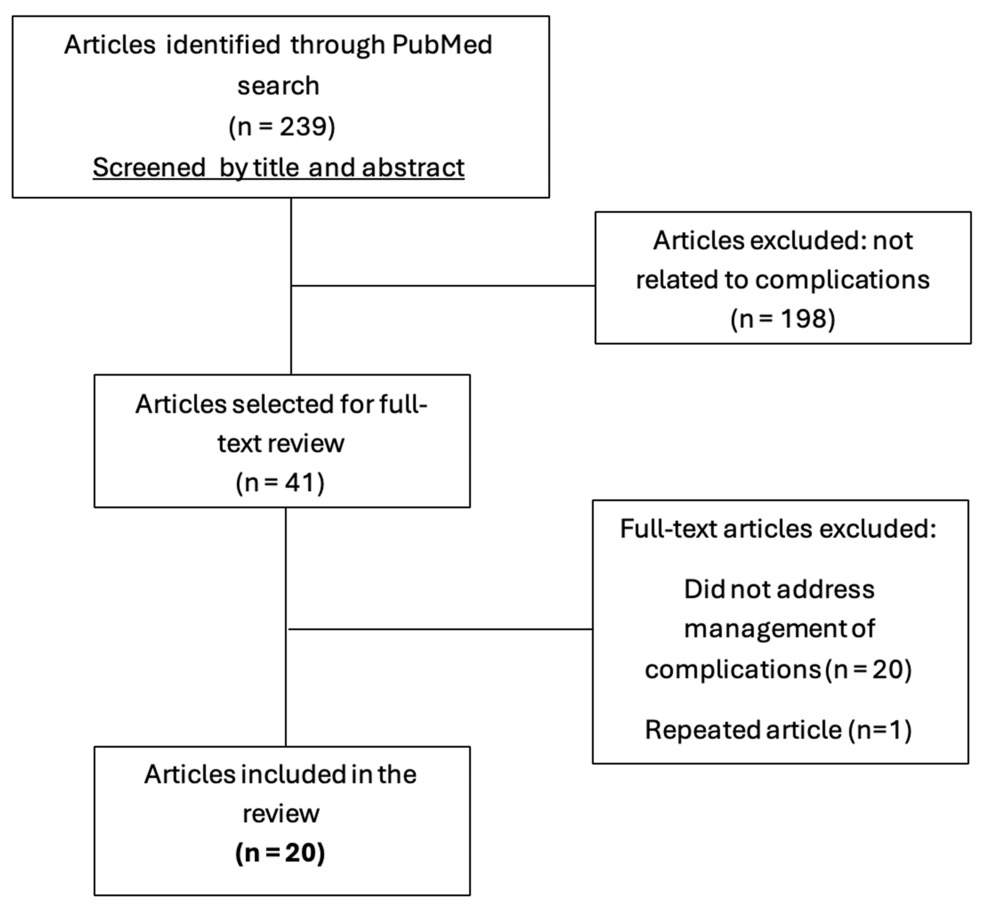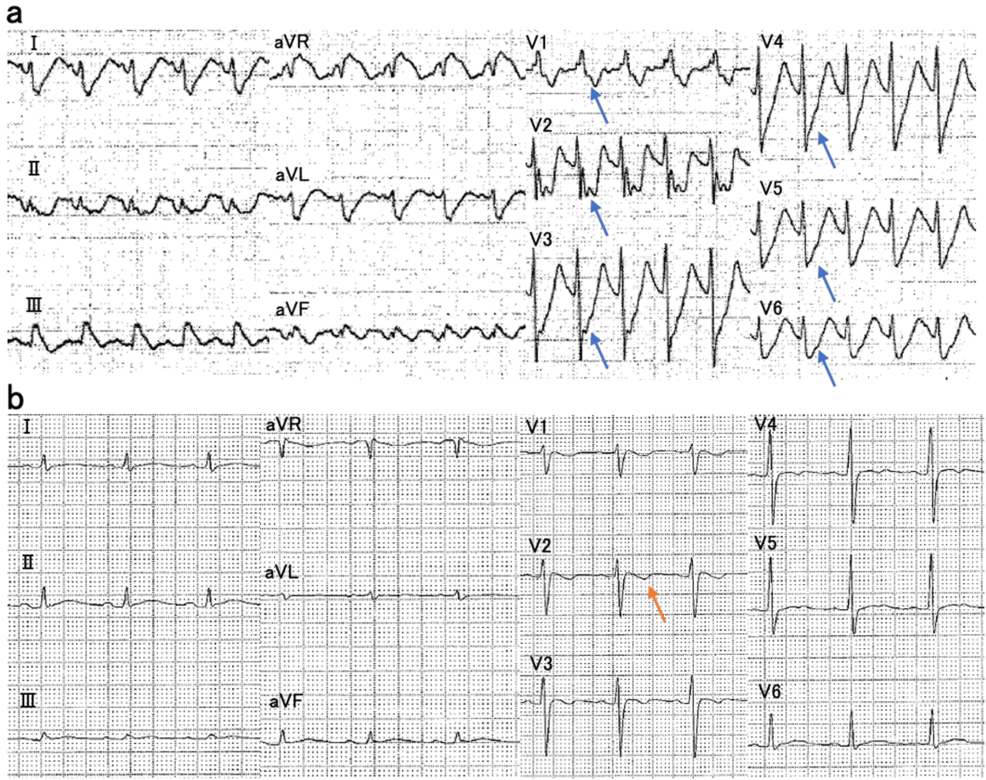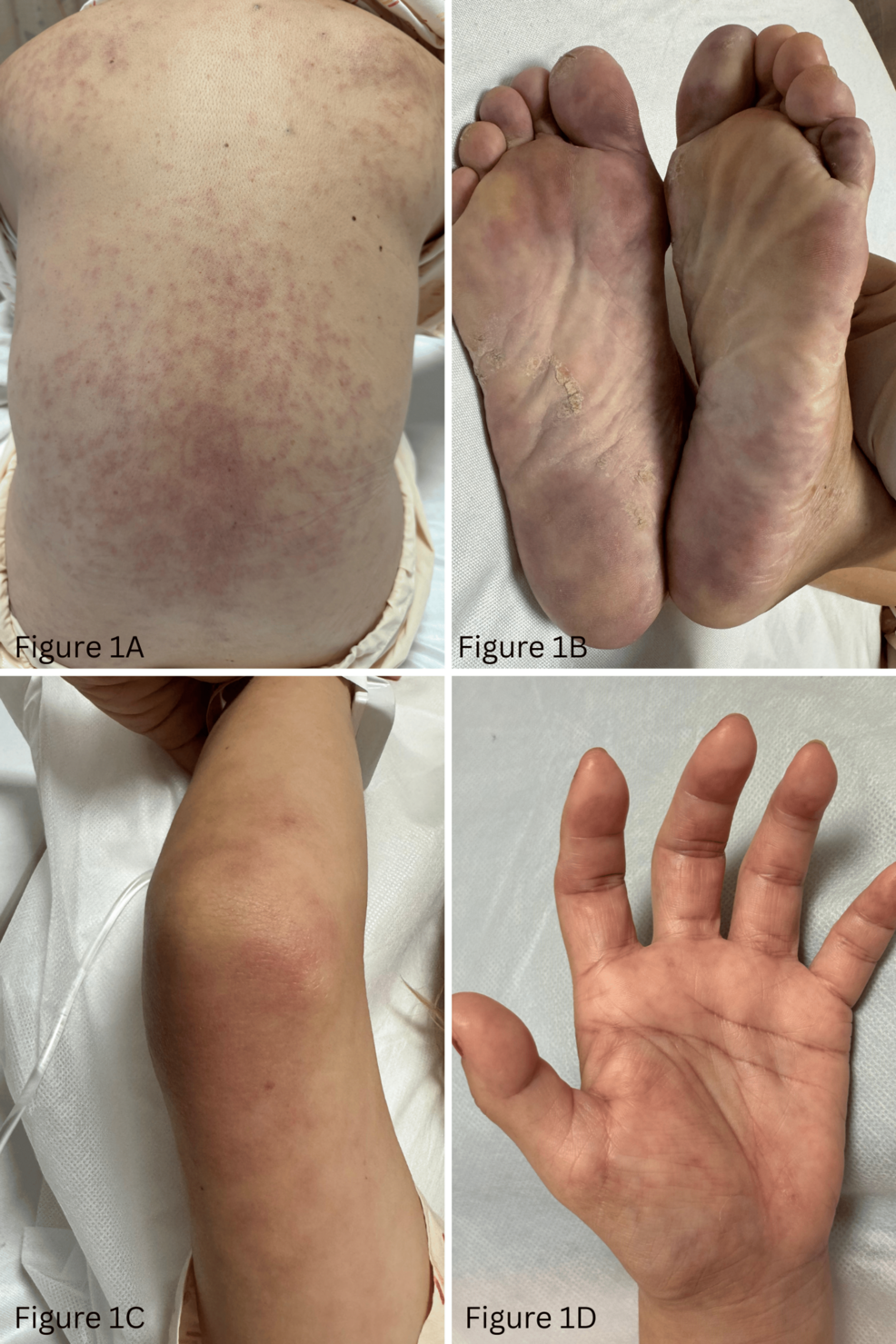Category: 6. Health
-

Pediatric HBV-Related Cirrhosis Shows Silent Course – European Medical Journal Pediatric HBV-Related Cirrhosis Outcomes
Pediatric HBV-Related Cirrhosis Often Goes Unnoticed
Pediatric HBV-related cirrhosis often appears silent yet early antiviral therapy in children was tied to better long-term outcomes.
A single center observational study evaluated Pediatric…
Continue Reading
-
Australia’s “Super-K” flu strain drives record global outbreaks-Xinhua
MELBOURNE, Jan. 3 (Xinhua) — Australian scientists say the country’s record-breaking 2025 flu season has triggered a fast-spreading “Super-K” strain now driving record global outbreaks.
The influenza A (H3N2) subclade K viruses were first…
Continue Reading
-

Scientists tested intermittent fasting without eating less and found no metabolic benefit
A new study from the German Institute of Human Nutrition Potsdam-Rehbruecke (DIfE) and Charité — Universitätsmedizin Berlin challenges a widely held belief about intermittent fasting. The research shows that time-restricted eating does not…
Continue Reading
-

Sleep and Chronic Rhinosinusitis After Surgery – European Medical Journal Sleep and Chronic Rhinosinusitis After Surgery
SLEEP quality in chronic rhinosinusitis with nasal polyposis improved after endoscopic surgery, showing longer REM sleep durations.
Sleep and Chronic Rhinosinusitis After Surgery
Adults with chronic rhinosinusitis with nasal polyps can…
Continue Reading
-

Effects of Blood Pressure and Antihypertensive Drugs on Rheumatoid Art
Introduction
Rheumatoid arthritis (RA) is a chronic autoimmune disease that results in progressive joint damage and deformity. It is a systemic inflammatory disease that primarily affects the cartilage and underlying bones of small and…
Continue Reading
-

Disturbing link between keto diet and liver cancer will shock you
Many people must have tried a keto diet at least once.
A keto diet involves almost…
Continue Reading
-

Age does not stop nerve healing after spinal cord injury
A study published on December 23, 2025, in Neurology, the medical journal of the American Academy of Neurology, examined how age may influence recovery following a spinal cord injury.
“With population growth and improvements in medicine, the…
Continue Reading


